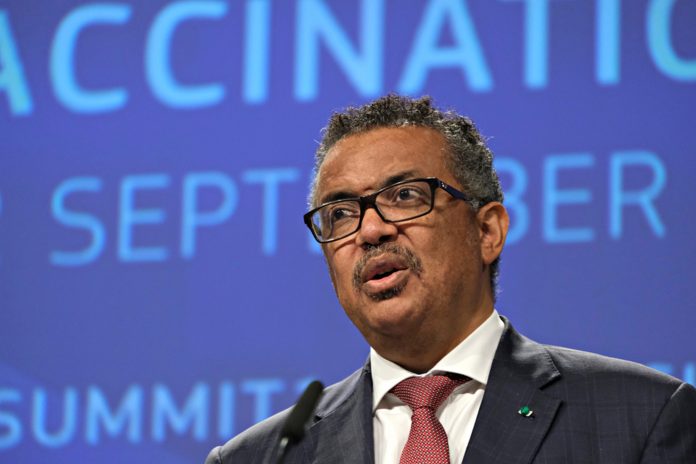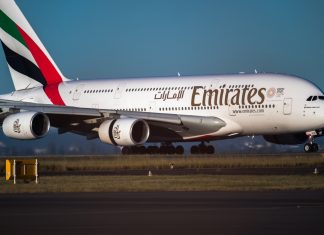The World Health Organization (WHO) says it’s time for countries to lift or at least loosen their existing travel restrictions related to COVID-19.
As reported by VOANews, WHO’s International Health Regulations Emergency Committee said during their most recent meeting that coronavirus-related travel bans are “are not effective in suppressing international spread,” and cited the most recent surge as proof.
“The failure of travel restrictions introduced after the detection and reporting of the omicron variant to limit the international spread of omicron demonstrates the ineffectiveness of such measures over time,” the committee’s report stated. In addition, it said such restrictions “do not provide added value and continue to contribute to the economic and social stress experienced by citizens.”
The agency advised that safety measures such as masking, testing, isolation/quarantine and vaccination, “should be based on risk assessments to avoid placing an excessive financial burden on international travelers.”
The WHO cautioning against blanket travel restrictions is not a new stance for the agency. When the omicron variant first became known, it advised countries to take a “risk-based and scientific approach” to combatting the variant, as opposed to simply reinstating travel restrictions.
This follows the U.S. Centers for Disease Control and Prevention (CDC) updating its travel advisory lists for 40 countries and territories due to a rising number of COVID-19 cases around the world. The CDC urged Americans to avoid travel to countries including Israel, the Bahamas, Bermuda, Panama, Argentina, Egypt, Albania and Uruguay due to surges in COVID-19 cases. Those nations are now at the agency’s Level 4: Very High risk for travelers, the highest level of risk.
The U.K. and other countries also relaxed some of its COVID-19 restrictions last week, which led travel industry experts to forecast that international travel will soon reach 90% of what it was before the pandemic.

























